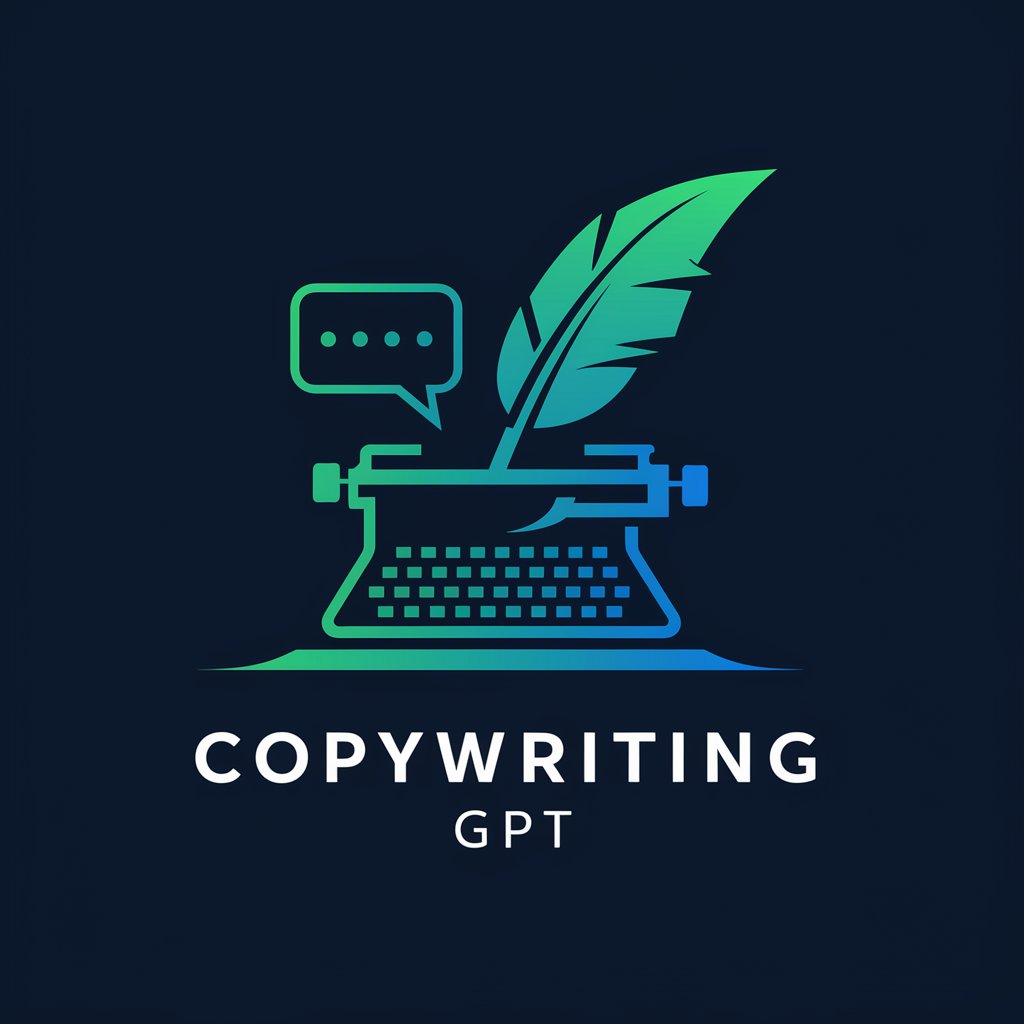5 GPTs for Email Newsletters Powered by AI for Free of 2025
AI GPTs for Email Newsletters are advanced AI-powered tools designed to automate and enhance the creation, personalization, and optimization of email newsletters. Leveraging the capabilities of Generative Pre-trained Transformers, these tools can generate content, suggest layouts, and personalize emails for different audience segments. They are particularly relevant for streamlining the process of email newsletter creation, making it faster and more efficient while maintaining high quality and relevance of content.
Top 5 GPTs for Email Newsletters are: Copywriting GPT,Lucia Tapas Marketing,Aureus,DUZO Article Master,Headline Wizard
Copywriting GPT
Elevate Your Copy with AI Power

Lucia Tapas Marketing
Elevating Restaurants with AI-Powered Marketing

Aureus
Craft compelling stories, drive sales.

DUZO Article Master
Craft Your Message with AI

Headline Wizard
Turn Text into Impact, Instantly

Key Characteristics & Functionalities
AI GPTs for Email Newsletters are equipped with several unique features, including natural language processing for writing and editing content, audience segmentation for targeted personalization, A/B testing for optimizing open rates and engagements, and analytics for tracking performance. These tools can adapt from generating simple email blasts to crafting complex, multi-part email sequences, integrating seamlessly with email marketing platforms and CRM systems. Special features may also include web searching for content curation, image creation for visual newsletters, and data analysis for insights on subscriber behavior.
Who Benefits from AI-Driven Email Solutions
The primary beneficiaries of AI GPTs for Email Newsletters include marketing professionals, business owners, content creators, and digital agencies looking to streamline their email marketing efforts. These tools are accessible to novices without coding skills, offering intuitive interfaces and guided processes for creating engaging newsletters. Simultaneously, developers and technical users can leverage APIs and custom scripting capabilities to integrate these GPTs into existing systems for more sophisticated, automated workflows.
Try Our other AI GPTs tools for Free
Data Compression
Explore AI GPTs for Data Compression: Leverage cutting-edge AI technology to optimize data storage and transfer, enhancing efficiency and accessibility for all user levels.
Bayesian Inference
Discover how AI GPTs for Bayesian Inference revolutionize data analysis, offering tailored, accessible solutions for probabilistic reasoning and decision-making.
Hospital Design
Explore how AI GPTs for Hospital Design are transforming healthcare facilities with innovative, data-driven planning and design solutions.
Client Experience
Discover how AI GPTs revolutionize client experience with personalized, efficient interactions. Enhance satisfaction and loyalty effortlessly.
Waxing Guide
Discover AI-powered Waxing Guides, your ultimate source for personalized waxing advice, tutorials, and product recommendations. Enhance your waxing routine with the latest in AI technology.
Project Highlights
Discover how AI GPTs revolutionize project management with efficient documentation, customizable summaries, and integrative capabilities for diverse audiences.
Expanding Horizons with AI Email Solutions
AI GPTs for Email Newsletters not only simplify email creation but also open new possibilities for personalized communication and engagement strategies. Their adaptability across various sectors allows for customized solutions, enhancing the effectiveness of email marketing campaigns. With user-friendly interfaces and potential for system integration, these tools offer both ease of use for beginners and flexibility for tech-savvy users.
Frequently Asked Questions
What exactly are AI GPTs for Email Newsletters?
AI GPTs for Email Newsletters are AI-powered tools that automate the creation, optimization, and personalization of email marketing campaigns, using natural language processing and machine learning.
Can these tools generate entire newsletters automatically?
Yes, these tools can generate complete newsletters, including content creation, layout suggestions, and personalized messages for different audience segments.
Do I need programming skills to use these tools?
No, these tools are designed to be user-friendly for individuals without programming skills, providing easy-to-use interfaces and guided processes.
How do these tools personalize newsletters?
They analyze subscriber data and behavior to segment audiences and tailor content, ensuring that each recipient receives relevant and engaging emails.
Can I integrate these tools with my existing email marketing platform?
Yes, most AI GPTs for Email Newsletters offer integration capabilities with popular email marketing platforms and CRM systems for seamless workflow.
Are there any special features for content curation and image creation?
Yes, some tools include web searching capabilities for content curation and AI-driven image creation features to enhance the visual appeal of newsletters.
How do these GPTs help in optimizing email campaigns?
They offer features like A/B testing and analytics to track email performance, enabling users to make data-driven decisions to improve open rates and engagement.
Can developers customize these tools for specific needs?
Absolutely, developers can use APIs and custom scripting options to tailor these tools for specific workflows or integrate them into custom systems.